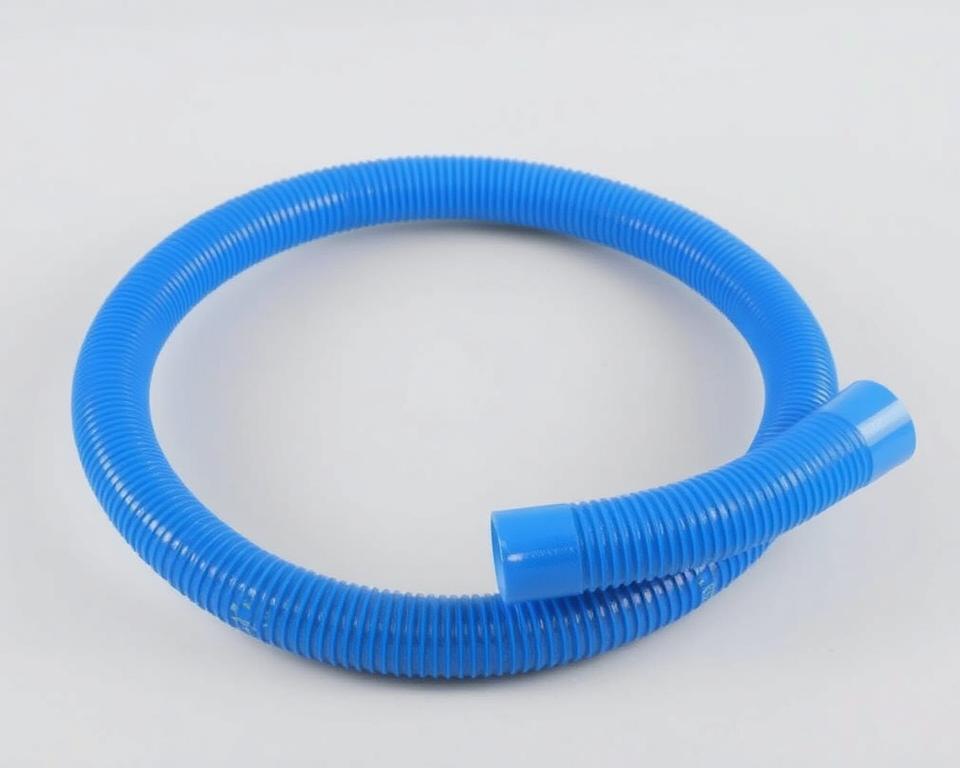Everything You Need to Know About PVC Air Compressor Piping
A burst compressed air line can discharge energy comparable to a stick of dynamite—did you know? Countless operations remain oblivious to the risks of certain piping systems they employ. Here’s why you must prioritize safety over cost when selecting PVC for air lines.
Even as interest rises, OSHA bans these materials for above-ground compressed air. Over time, exposure to oils and temperature changes weakens them, leading to catastrophic failures. Safe-rated pressures can still result in deadly bursts.
Installation Parts Supply provides safer options such as aluminum piping. Spending on the right materials prevents OSHA penalties and protects employees. Here’s how to assemble a risk-free system.

Key Takeaways
- Explosion danger leads OSHA to outlaw some pipe materials.
- Pressure ratings drop as temperatures fluctuate.
- Long-term exposure makes pipes prone to brittle breaks.
- Switching to aluminum vastly improves safety.
- Spending on correct materials avoids penalties and injuries.
The Risks of PVC in Air Compressor Lines
All major brands advise against certain plastics in compressed air. Unlike water, compressed air stores explosive energy—a ruptured line can release force comparable to dynamite. Select your piping wisely to avoid deadly failures.
- Brittleness: Cold snaps make pipe walls brittle and prone to cracking.
- Adhesive failures: Temperature changes and oils cause adhesive joints to fail.
- Misleading ratings: Ratings halve by 110°F, a common shop temperature.
After a PVC burst hurt staff, OSHA levied a $110,000 fine. Compression heating lowers allowable pressure even more—often ignored.
“Above-ground use of certain plastics for compressed air violates OSHA standards due to explosion risks.”
Metal alternatives fail more predictably, bending rather than fragmenting. Fragments from PVC blasts can hurl past 50 feet, embedding dangerously.
Constant temperature swings in shops speed up pipe aging. Over 10 years, UV exposure and chemical interactions further compromise integrity, turning minor leaks into major hazards.
Recommended Piping Materials for Compressed Air
Modern aluminum systems beat old-school piping on both safety and performance. Black pipe vs. aluminum: aluminum wins with 90% fewer leaks. Their lightweight design and corrosion resistance make them ideal for long-term use.
Modular aluminum setups save time—no threading required. Installation Parts Supply stocks ready-to-snap aluminum modules. A car plant saw a 40% drop in labor expenses after aluminum installation.
- Copper: Copper’s antimicrobial action suits it to cleanroom air lines. Requires soldering expertise.
- Stainless Steel: Resists rust in humid areas like coastal workshops.
- ABS/HDPE: Plastic choices like ABS or HDPE handle harsh chemicals.
“Our aluminum retrofit reduced energy waste by 15%—paying for itself in 18 months.”
Proper torque is critical. Over-tightened fittings crack, while loose ones leak. Aluminum fittings generally torque to 25–30 ft-lbs—follow the guide.
NSF-approved lines keep food-grade air clean. Pick piping suited to your facility’s conditions.
Selecting the Best Air Compressor Piping
Balance budget, safety, and performance when choosing pipe. One plant slashed $12k per year by adopting aluminum lines. Follow these tips to pick wisely.
| Material | Cost (per ft) | Maintenance | ROI Time |
|---|---|---|---|
| Aluminum | $8.50 | Low | 18 months |
| Black Pipe | $5.00 | High | N/A |
| Copper | $10.20 | Medium | 24 months |
Watch your operating temperatures. From arctic chills to high heat, aluminum outperforms. Use stainless steel where solvents are present.
Pro Tip: Use leak-loss math to estimate ROI. Don’t let 10% leakage cost you $3,500 a year.
- Ensure your pipe PSI rating exceeds system pressure.
- Keep records of inspections and tests to satisfy OSHA.
- Get a complimentary piping audit from Installation Parts Supply.
“Our aluminum retrofit cut energy waste by 15%—paying for itself in 18 months.”
DIY installations work for small shops, but professionals ensure leak-free joints. Don’t forget to read the fine print on warranty lengths.
In Summary
Choosing the right materials for your compressed air setup isn’t just about cost—it’s about safety. Ninety-two percent of pipe failures occur in aging lines, frequently causing injuries. Pick aluminum for near-perfect reliability.
Key takeaways:
- Avoid brittle materials that shatter under pressure.
- Metallic lines beat plastics on both safety and durability.
- Failing to comply can cost you big in fines and claims.
Time to make the switch? Get instant quotes and special offers from Installation Parts Supply. Access a complimentary maintenance template or request urgent replacements.
Invest in secure lines now to protect your crew.

